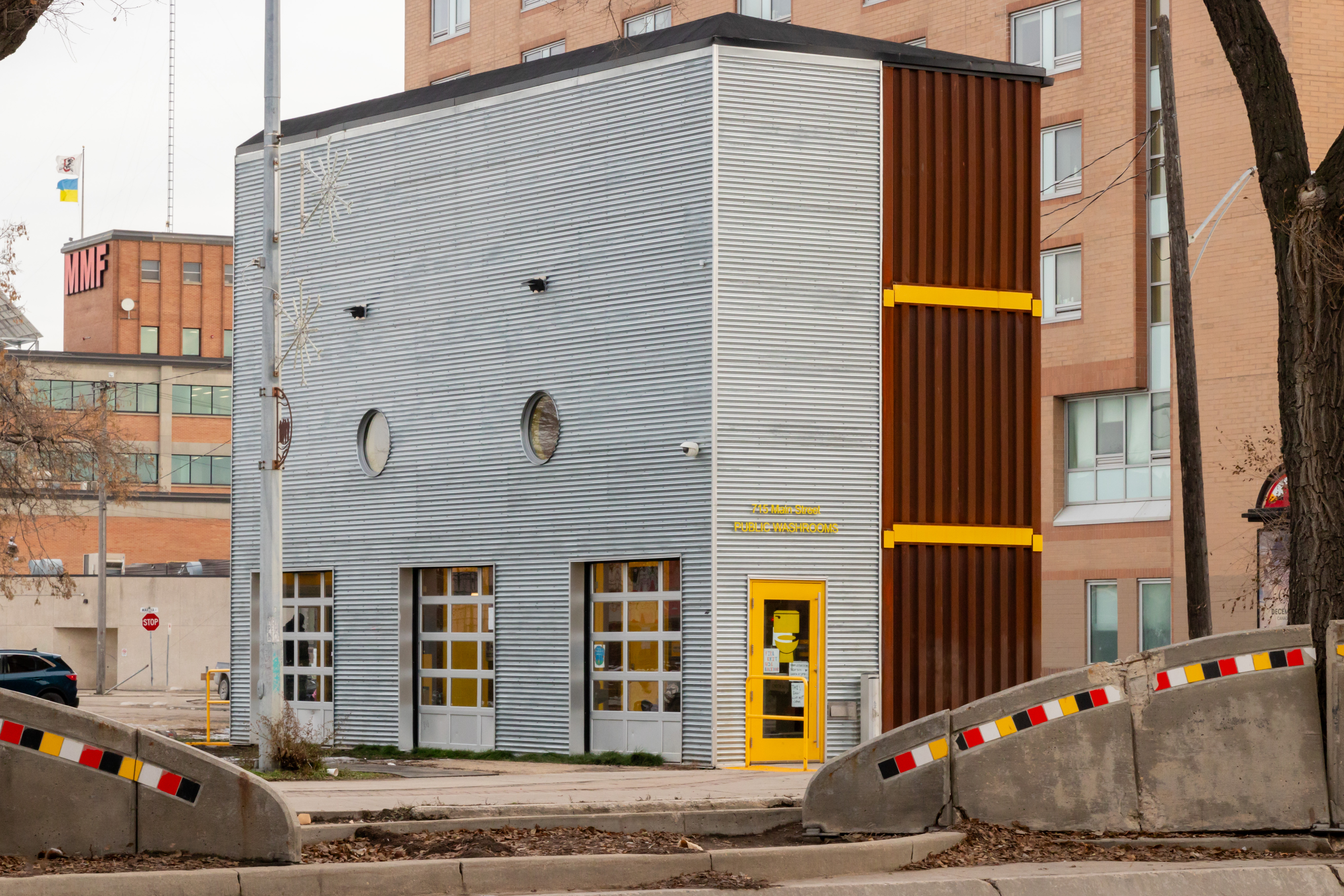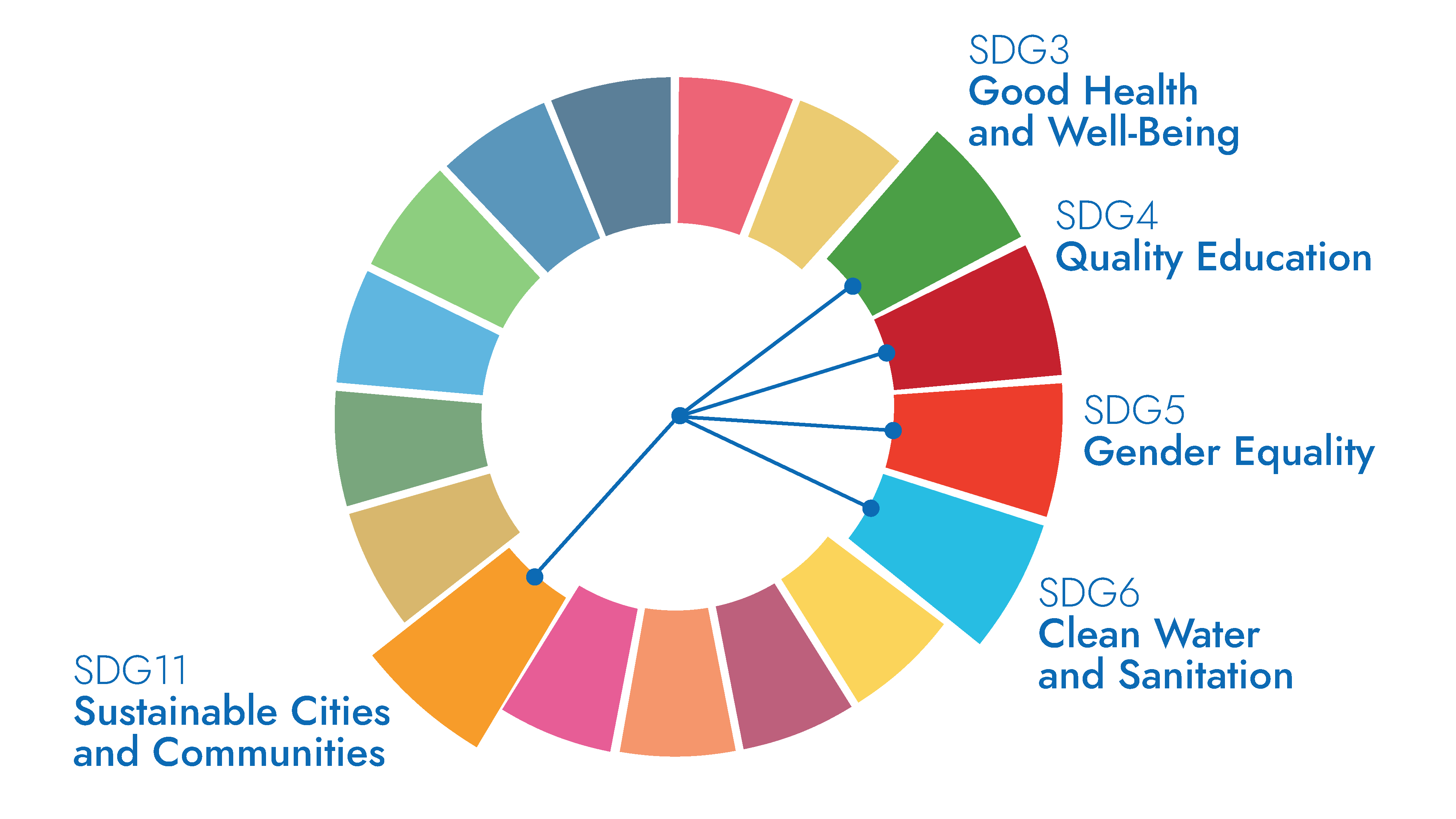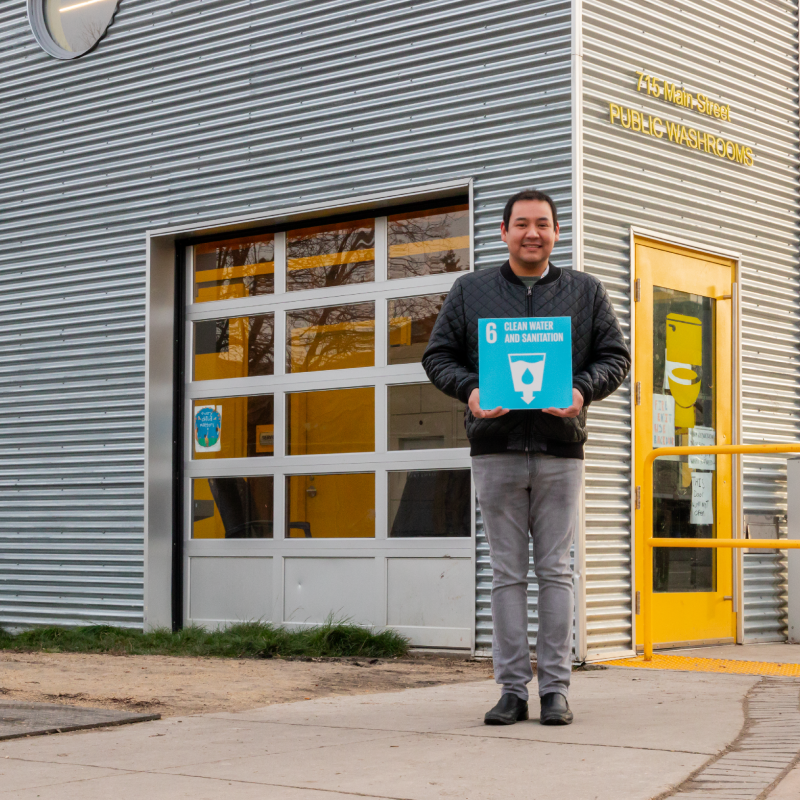When you need to go...is there a safe place to go?
Accessibility to toilets is a common struggle. Here in Winnipeg, it may seem as if you are surrounded by washrooms. There are toilets in public facilities, such as libraries and community centers, and in restaurants and businesses. Yet, these toilets are not welcoming or accessible to everyone equally. Let’s support our communities' initiatives to public facilities, and let’s break the toilet taboo by talking about it.
Winnipeg’s Amoowigamig ('public washroom' in Ojibwe) was opened in June 2022 on the corner of Main Street and Henry Avenue. It is a proving initiative that a safe, clean, and accessible toilet space for all benefits everyone: the community and the community members. By working to decrease insecurity and increase safety, we will create a more just Winnipeg. This seemingly simple amenity provides so much more than just a place to "go".

Toilets are a place where one can expel bodily waste, yet there are more aspects to consider. Toilets are supposed to be a safe place. Often within our own toilet area’s we have showers, sinks, and it is a place where we keep our basic hygiene items and menstrual products. One can look after themselves, and meet their basic hygiene needs, like showering and brushing teeth.
Although showers may not be feasible in all public washrooms, basic sanitation resources like sinks are essential for those who do not have access to private toilets spaces. Public toilet spaces should provide a sense of security, and accessibility is paramount in providing that security.
Access to toilets is not only a local issue but a global one.
.jpg)
When severe monsoons hit Pakistan in 2022, widespread flooding covered an estimated 1/3 of the country and affected around 33 million people.
As communities struggled to cope, Canadian Lutheran World Relief (CLWR) responded through local partners in Pakistan, providing food and clean water to tens of thousands of people. They focused on reducing the risk of disease by making sure people had access to hygiene supplies and sanitation facilities including toilets. Funding was provided in part through the Relief and Rehabilitation Fund.
Access to toilets and clean water is a basic human right but it's a complicated issue. It intersects with multiple Sustainable Development Goals including SDG3 Good Health and Well-Being, SDG4 Quality Education, SDG5 Gender Equality, SDG6 Clean Water and Sanitation, and SDG11 Sustainable Cities and Communities.

This weekend, we encourage you to take-action for toilets.
- Break taboos: Talk about toilets! Consider the connection between toilets, water, and menstruation.
- Flush safe: Fix leaking water and waste pipes and empty full septic tanks.
- Don't pollute: Don’t put food waste, oils, paints, medicines, and other chemicals down toilets or drains.
- Build pressure: Write to elected representatives about budgets for improving water and sanitation at home and abroad.
- Learn more at https://www.worldtoiletday.info/
Having access to a toilet is about so much more than simply a "porcelain throne". Let’s support our communities' initiatives to public facilities to improve overall health, create better communities and make safer environments for women and girls.
Something to think about while you are...well, you know. Bring on the potty-talk and share this article.
Happy World Toilet Day everyone!
About the photos:
Top picture - MCIC's Sustainability and Inclusion Specialist, Leslie, stands in front of Amoowigamig in downtown Winnipeg, holding a Sustainable Development Goal #6 Clean Water and Sanitation sign.
Second picture - Amoowigamig in downtown Winnipeg.
Third picture - A latrine constructed at village Bhoro Kolhi, district Badin in Sindh Province. Photo provided by Canadian Lutheran World Relief and NCA Pakistan.
Fourth picture - Sustainable Development Goals wheel showing how access to toilets requires working on multiple goals. This illustrates how the SDGs are interconnected.

